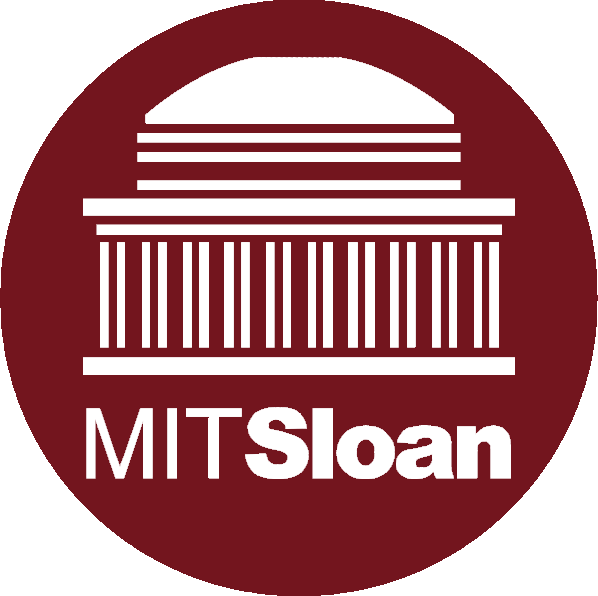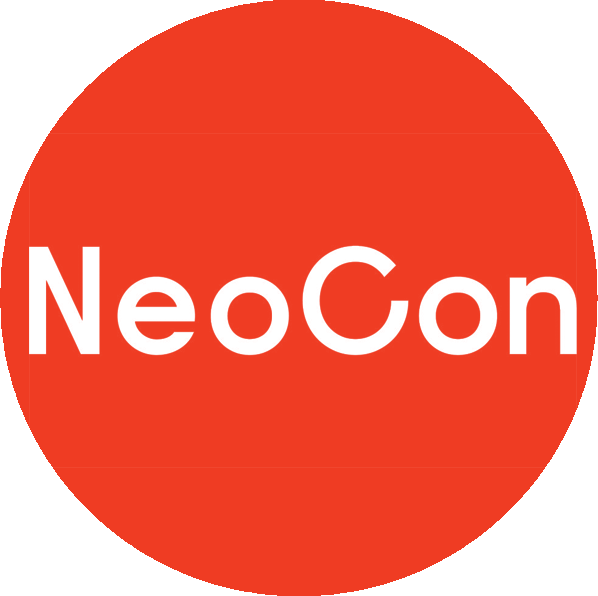Seeing double, or digital twin?

Building Digital Twins for Real Life Performance
What is a digital twin? It could be a band name! Or is it an avatar, in a world-building game like Second Life or Roblox? Or maybe it’s your social media online persona? Perhaps it’s your internet bestie, that person who truly gets you but whom you’ve only interacted with digitally? A digital twin is an intriguing concept. It’s also something that can help us be more efficient and sustainable, in facility design and management, as well as in other industries. Read more in OOM.
On our minds
We’re all familiar with architectural models. In the physical realm, these are tabletop versions of the proposed building, to give clients a three-dimensional concept of the project. Digital models move this concept to the screen, allowing different layers (representing different building systems) to be viewable at the same time. This means problems—such as plumbing and HVAC collisions—can be solved onscreen, before they ever become a physical reality. (This step is called clash-detection, BTW, which is imminently an AI design function.)
Digital twins take this digital model a step further, extending its usefulness beyond the design and build phase and into operations and management. A building is equipped with sensors that collect data and flag issues so that they can be addressed in real time; or even better, these sensors may flag potential issues, so that they can be addressed before they become issues. This has safety implications, such as being able to catch frayed wiring before there’s an electrical fire, as well as sustainability implications, such as reducing resource use and water waste. Such a smart building could even automate solutions, reducing hands-on maintenance expenditures.
The first widely known digital twin was used during the 1970 Apollo 13 mission, when oxygen tanks exploded on the spacecraft, 200,000 miles from Earth. NASA had created a digital twin of the craft, which allowed engineers to troubleshoot solutions from the ground and, ultimately, save the lives of the crew.
Digital twins have been made of entire cities—Damascus, Singapore, Helsinki, Florence, Sydney, Madrid, Amsterdam, Seoul, and Shanghai among them. These twins were created for infrastructure, zoning, traffic planning, and risk-mitigation purposes. They have also been used to determine resource allotment, support a smart energy grid, and monitor, predict, and mitigate pollution and climate-change.
On a smaller level, digital twins help building owners and operators, along with their facilities managers, come up with bespoke solutions to specific problems, user experience among them. Most building operators collect building data, but too often, this data goes into a spreadsheet. What if that data were being inputted into a heat map, visualized on every floor of a digital building that looks just like the physical building? What if that data triggered automatic window shades when the top floor of the building reached uncomfortable temperatures? If you are running an apartment building with 50 units, how convenient would it be to have small maintenance issues addressed automatically, via smart building protocols, and larger issues flagged and triaged?
We have software to manage this, but it’s underutilized for a variety of reasons. In most instances, architecture and design firms don’t provide client access to the digital twins they create for design and construction purposes. (This is largely due to legal and risk mitigation issues>—which is another newsletter entirely!) If they did, these twins could be used to streamline ongoing operations.
With any kind of technology, we should use digital twins responsibly. In buildings, a twin can enable energy savings and more sustainable practices, but (somewhat ironically) they also require a large amount of energy to run. However, running certain digital systems (rather than collecting infinite data on all systems) makes sense for some complex, highly-trafficked buildings. Examples include airports, hospitals, hotels, multi-unit apartments, high-rise offices, manufacturing facilities, and institutional buildings such as schools, labs, and museums. Any building that needs to maintain precise moisture and temperature to preserve things such as ancient art or lab samples is a perfect candidate for a digital twin. McKinsey estimates that the digital-twin market will grow about 60 percent annually, reaching $73.5 billion by 2027.
Digital twins aren’t only used in buildings. The healthcare industry uses them to simulate how body systems might function under certain conditions. Other potential healthcare applications include figuring out ways to keep older adults independent and in their own homes; using twins to gather data and tweak treatment plans for chronically ill patients, and yes, in medical facility management—managing people and workflow, predicting outcomes under various different conditions in places like an operating room, simulating how pathogens spread, and more.
Beyond problem-solving, a digital twin is a sandbox where a building designer, operator, manager, or even user can explore alternatives for enabling more robust and serviceable buildings. To prevent digital models from being orphaned after the design phase, we all need to think differently about the relationship between digital models and physical reality. An industry reframe would include rethinking everything from contract obligations and service models to user needs and access points. After all, at the point when a designer typically exits a project, the lifecycle of a building is just beginning. A building should be a dynamic, evolving, responsive entity that changes to meet the needs of its occupants.
Data is just numbers, unless you animate those numbers. A digital twin is an exciting way to give that data a life—and a future—of its own. Data doesn’t just have to be a record of the past, and frankly, we should expect more from it. But for data to give us more, we have to give it a place to live and perform in collaboration with its non-digital twin: the built world. Digital twins, along with the data they represent, offer the potential for a next generation of sentient buildings, learning to better serve their occupants and our planet.
From the archives
Last May we were secretly loving our commute. The year before that, we were designing the deskless office, building socially responsive workplaces, and talking about how to scale up data-based workplace solutions. Other springs, we were giving tips on virtual learning, talking about leveraging data to improve employee engagement, and taking nods from the hospitality industry, in terms of catering to hybrid workers. Apparently, fresh blooms inspire us to think of fresh data, and in general, spring makes us think of getting to, but also out of, the office – and the classroom!
In the spirit of digital twins, we were thinking about twinship and the commercial appeal twins have always had. Remember how vintage Doublemint gum commercials featured twins? Do you have a real twin, imagine that you might have a look-alike somewhere in the world, or seek to spend more time building the online version of you? Please write and tell us!
In Case You Missed It
Last month, we were into all things bio(philia and mimicry!) – but that’s not all we wrote about. Catch up here.

Reinventing New York
Place and planning experts weigh in on New York, five years after COVID scrambled our work-life, along with the commercial real estate sector.

Global Trends
We contributed to this trend report for our friends at Worktech Academy, examining how eight cities on multiple continents are shaping the future of work.

Endangered History
Exhibits and funding for the National Museum of African-American History are threatened. Support the Museum with a $25 annual membership.

Rhyme and Reason
How do we move through crowds, and how do crowds move collectively? Research from MIT mathematicians may help us design safer crossings.

The Impact of Shrinking Agencies
What might be the long-term impact of the DOGE purge of government workers? Harvard professor Elizabeth Linos makes some predictions, based on both historical and current situations.
Looking Ahead
What’s making your May amazing?




